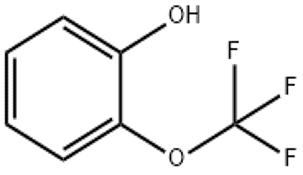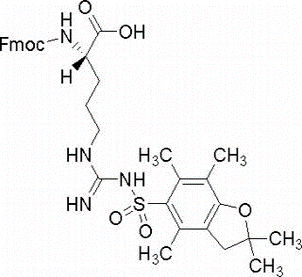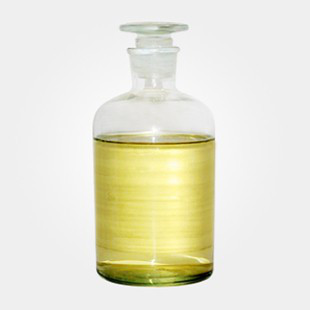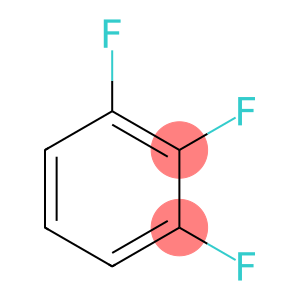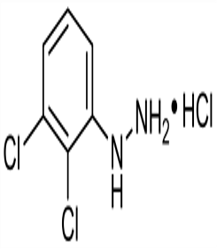2-Trifluoromethoxyphenol(CAS# 32858-93-8)
| Risk Codes | R10 – Flammable R20/21/22 – Harmful by inhalation, in contact with skin and if swallowed. R34 – Causes burns R43 – May cause sensitization by skin contact R36 – Irritating to the eyes R25 – Toxic if swallowed R36/38 – Irritating to eyes and skin. |
| Safety Description | S26 – In case of contact with eyes, rinse immediately with plenty of water and seek medical advice. S36/37/39 – Wear suitable protective clothing, gloves and eye/face protection. S45 – In case of accident or if you feel unwell, seek medical advice immediately (show the label whenever possible.) S36/37 – Wear suitable protective clothing and gloves. |
| UN IDs | 2927 |
| HS Code | 29095000 |
| Hazard Class | IRRITANT |
| Packing Group | III |
Introduction
2-(trifluoromethoxy)phenol(2-(trifluoromethoxy)phenol) is an organic compound with the chemical formula C7H5F3O2 and the structural formula c6h4ohcf3.
Nature:
2-(trifluoromethoxy)phenol is a colorless crystal or a white to light yellow crystalline powder with a melting point of 41-43 ° C and a boiling point of 175-176 ° C. It can be dissolved in common organic solvents such as alcohols, ethers and esters.
Use:
2-(trifluoromethoxy)phenol has antibacterial and antifungal activity, so it is often used in the field of medicine as a bactericide or preservative. In addition, it can also be used as an intermediate in organic synthesis, as a catalyst or reactant in some chemical reactions.
Method:
2-(trifluoromethoxy)phenol has many preparation methods, and the commonly used method is the trifluoromethylation reaction of p-hydroxycresol (2-hydroxyphenol). In the specific operation, hydroxycresol and trifluorocarbonic anhydride can be reacted in the presence of a catalyst to obtain 2-(trifluoromethoxy)phenol.
Safety Information:
2-(trifluoromethoxy)phenol has good safety under normal use conditions. However, it is an organic compound that may cause certain irritation and toxicity to the human body. Care should be taken to avoid contact with skin, eyes and inhalation. Appropriate protective measures, such as gloves, goggles and masks, should be worn during use. Such as accidental contact or misuse, should immediately seek medical treatment.
Please note that the above information is for reference only and is not exhaustive. When using and handling any chemicals, be sure to follow laboratory safety practices and follow the specific safety data sheets provided by the manufacturer.


